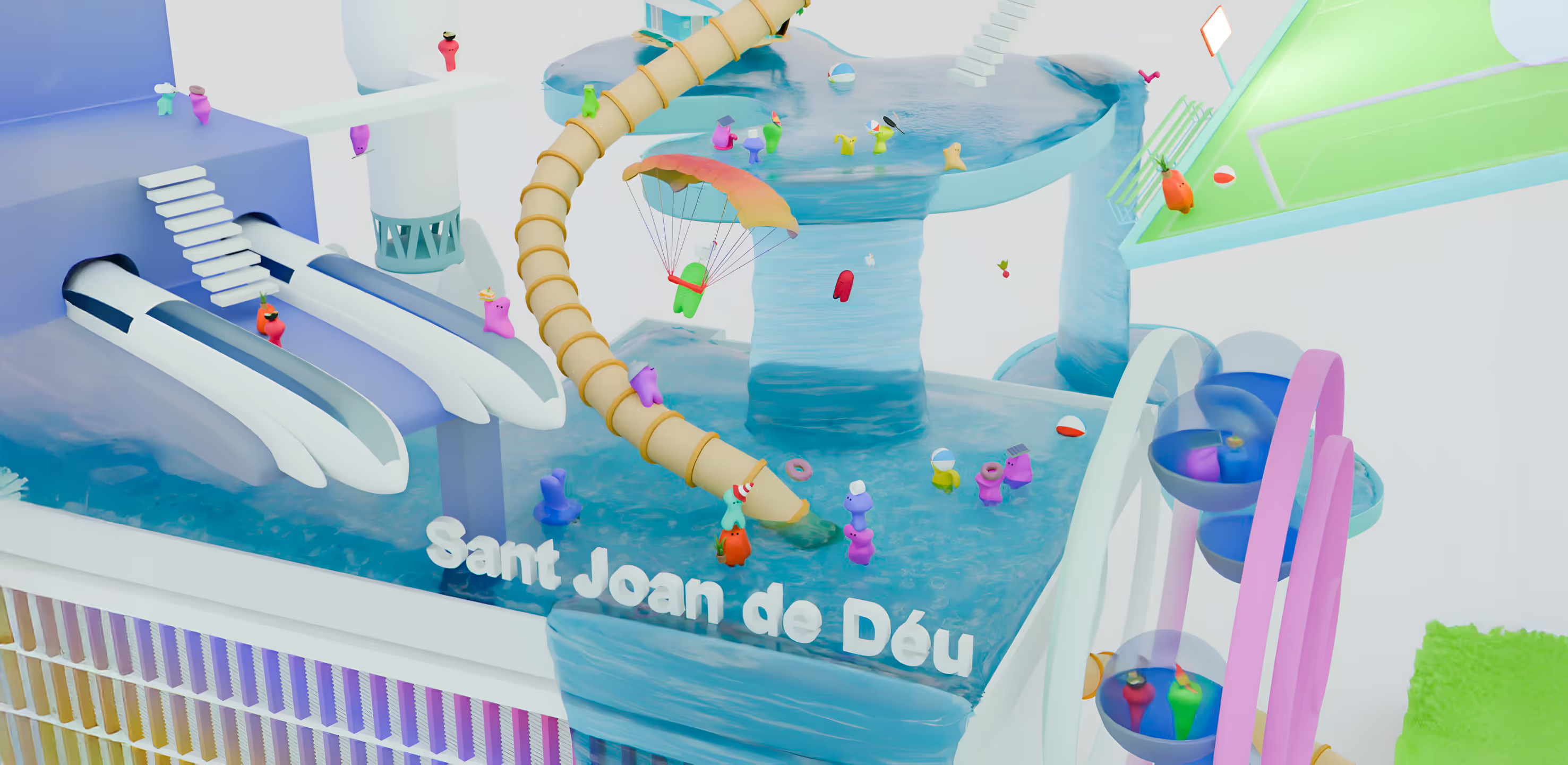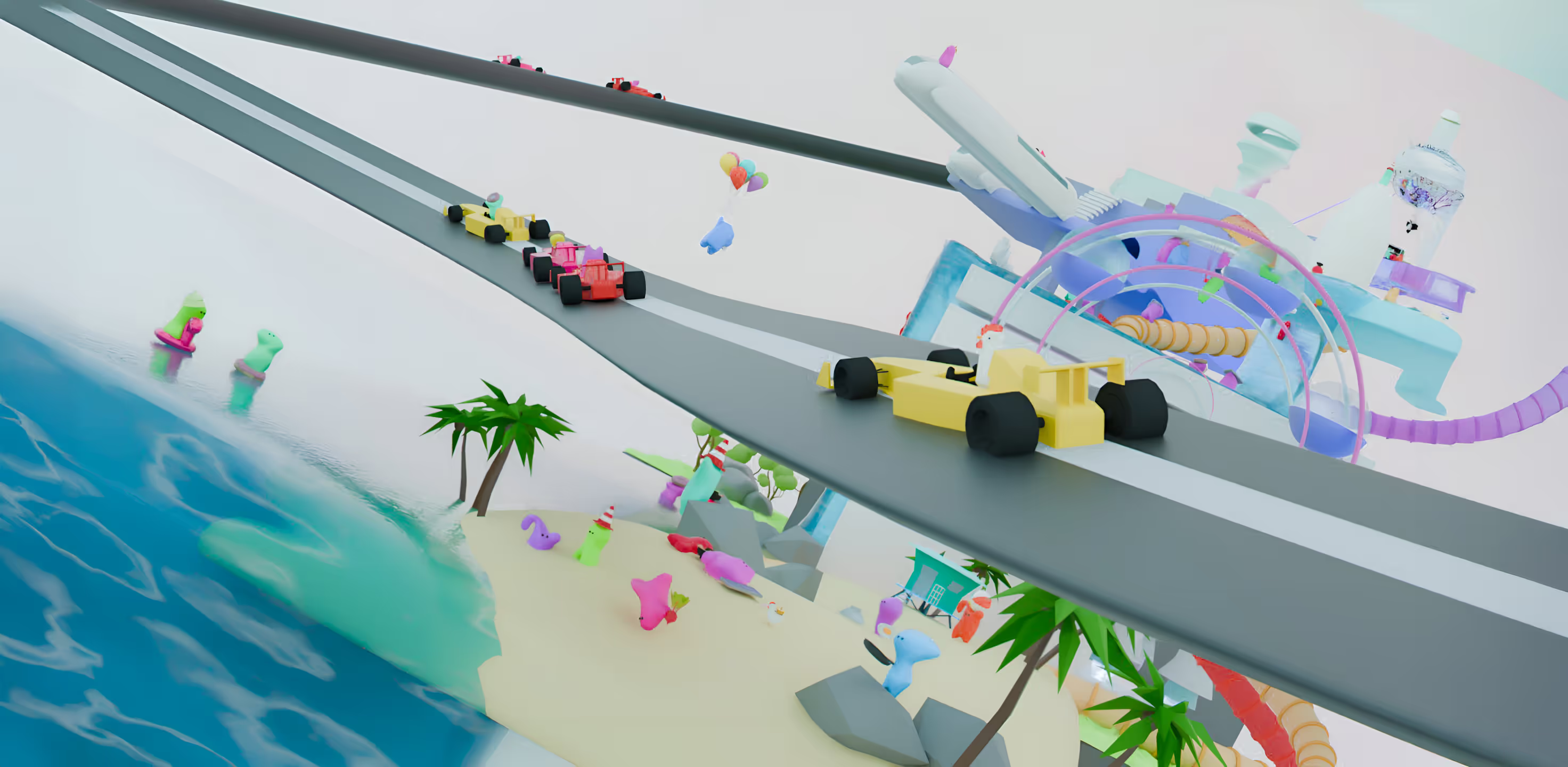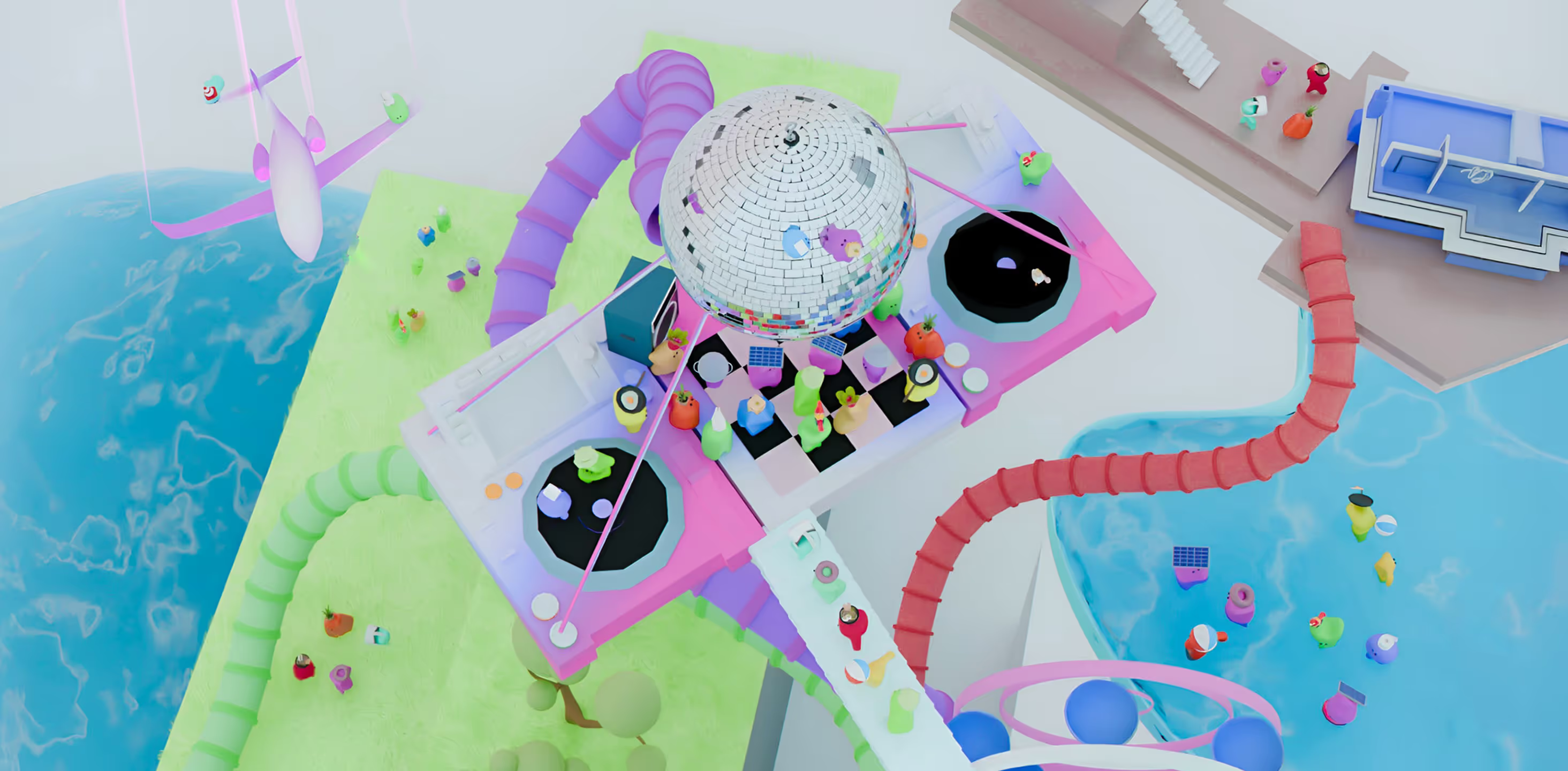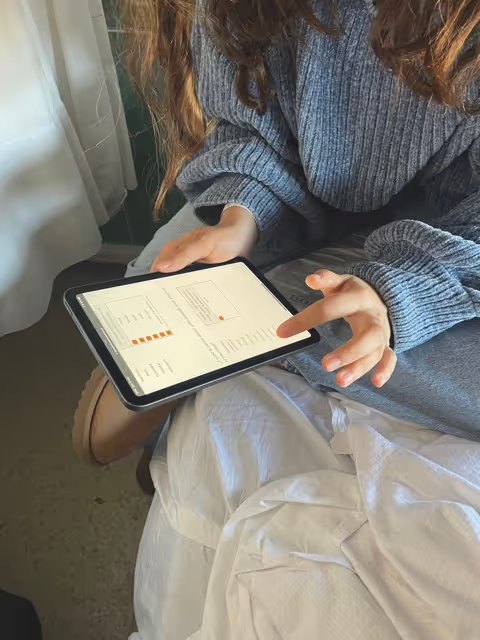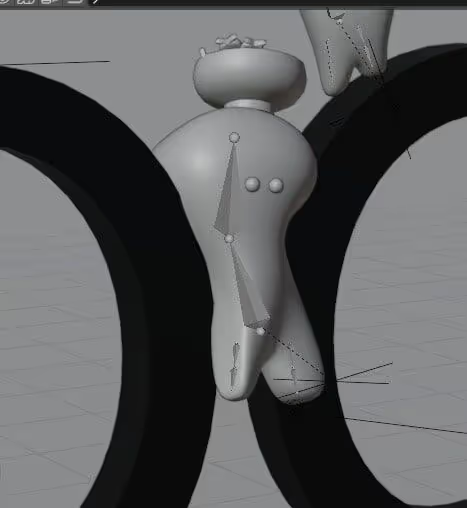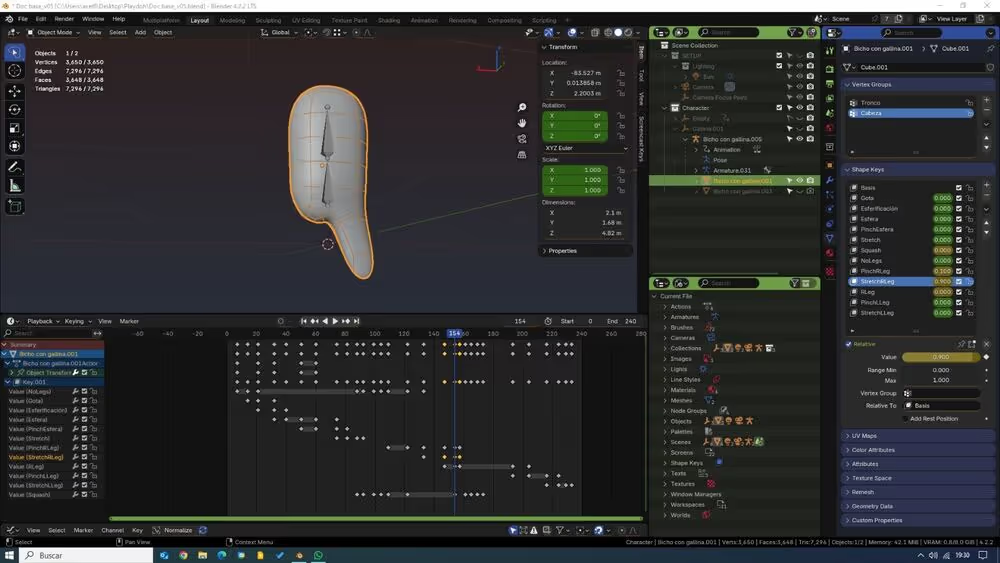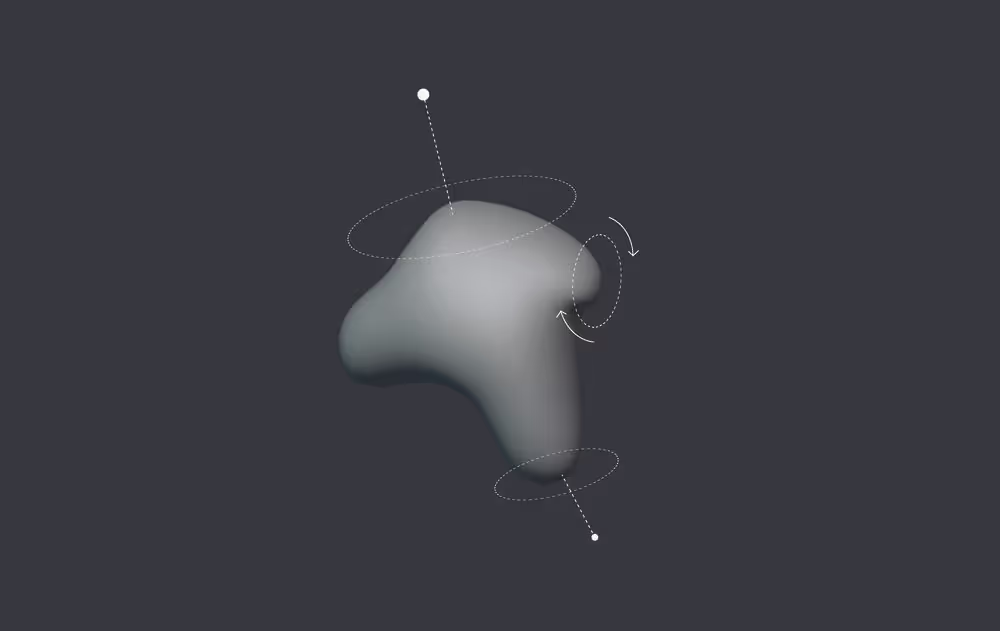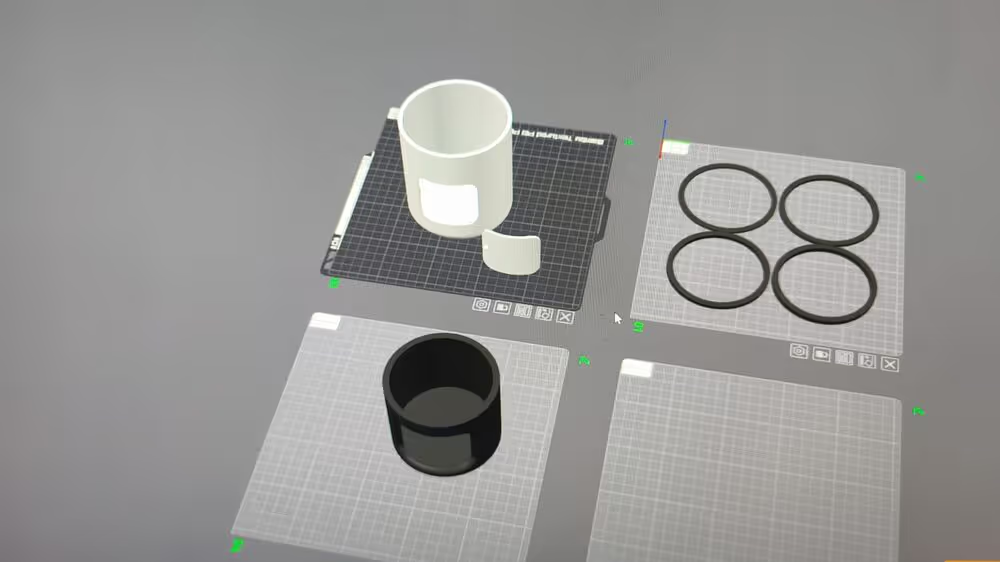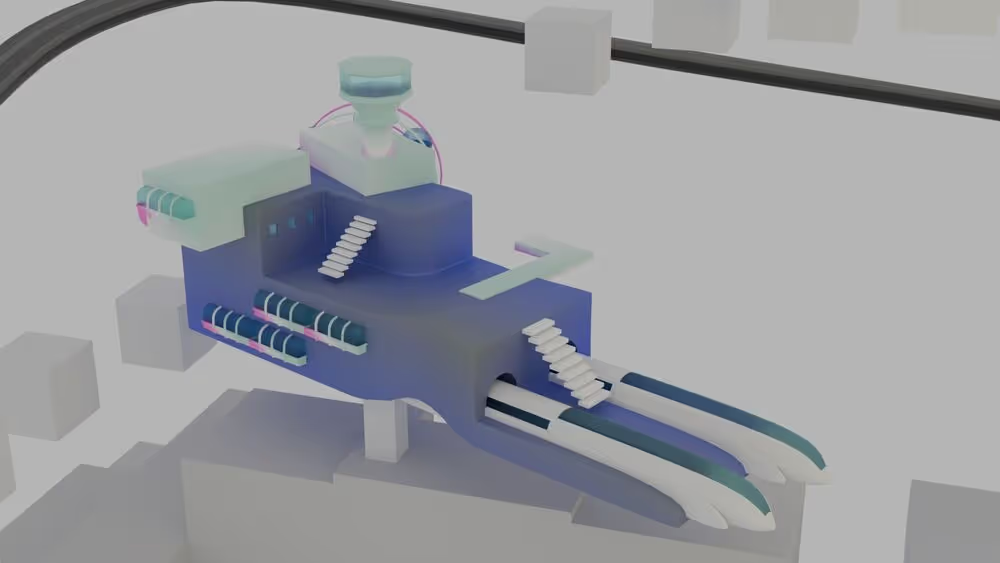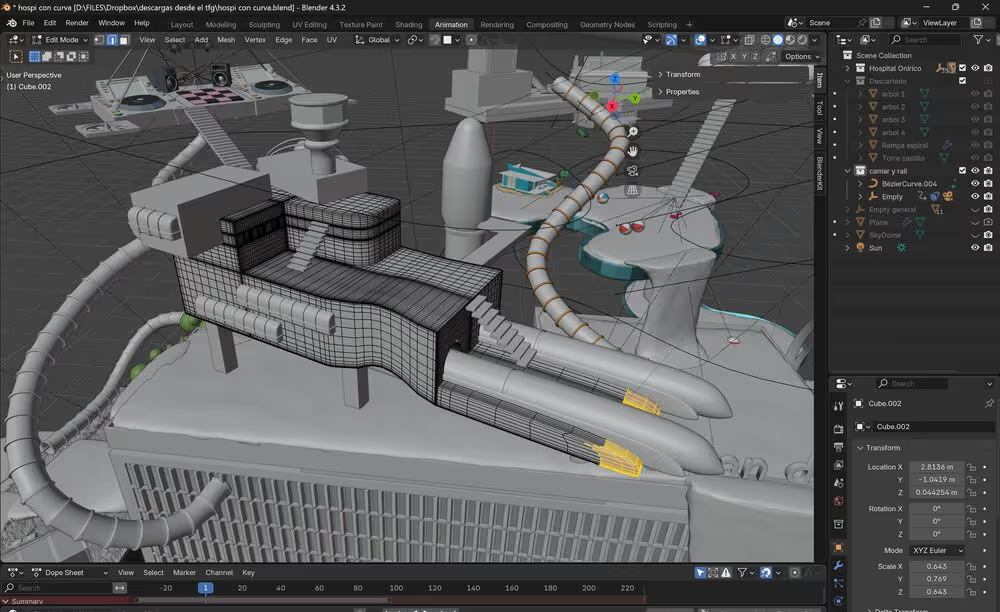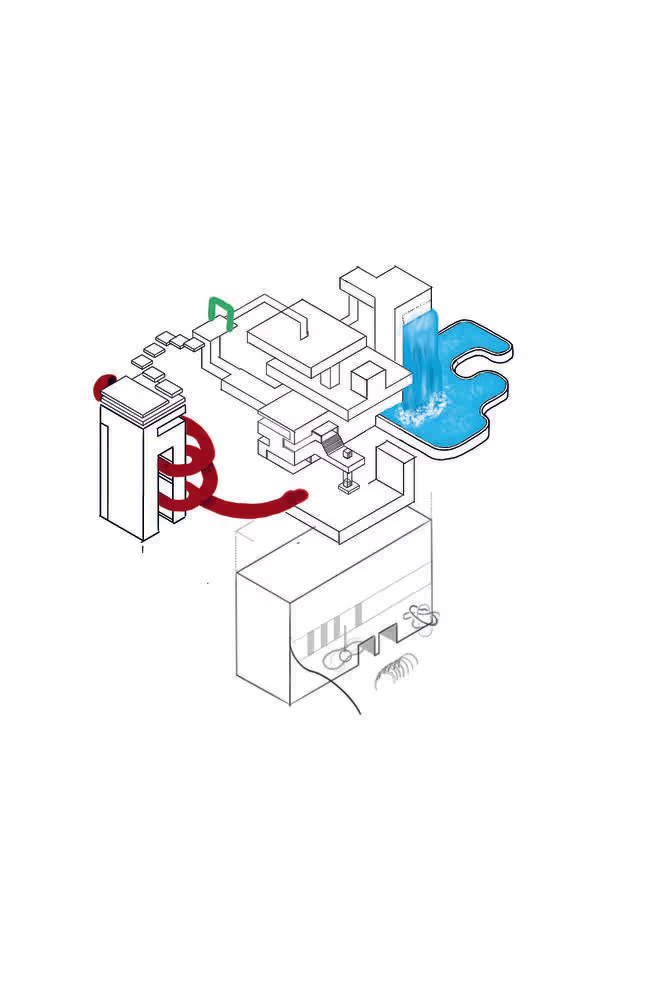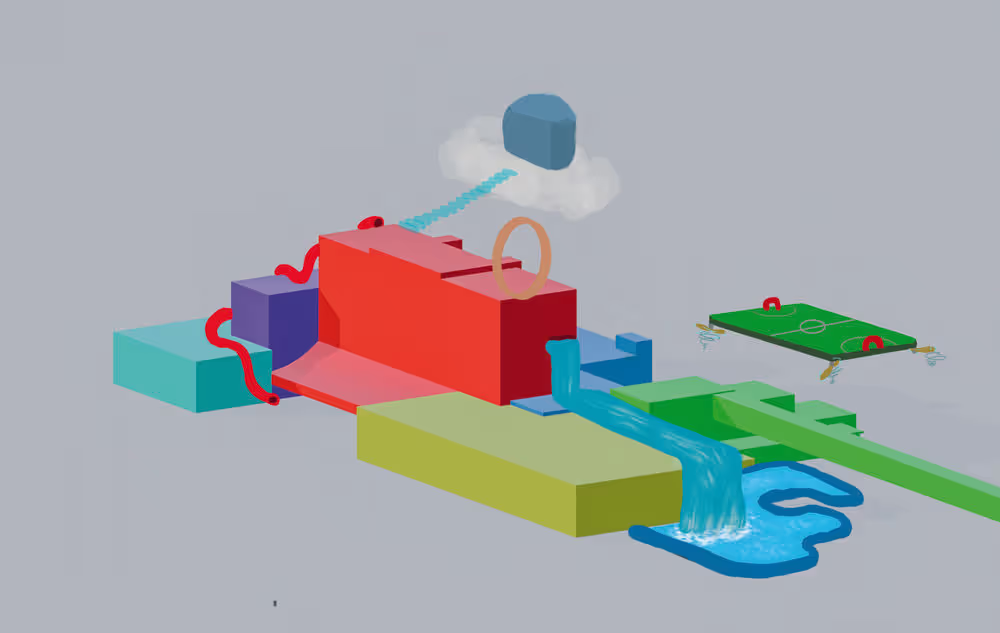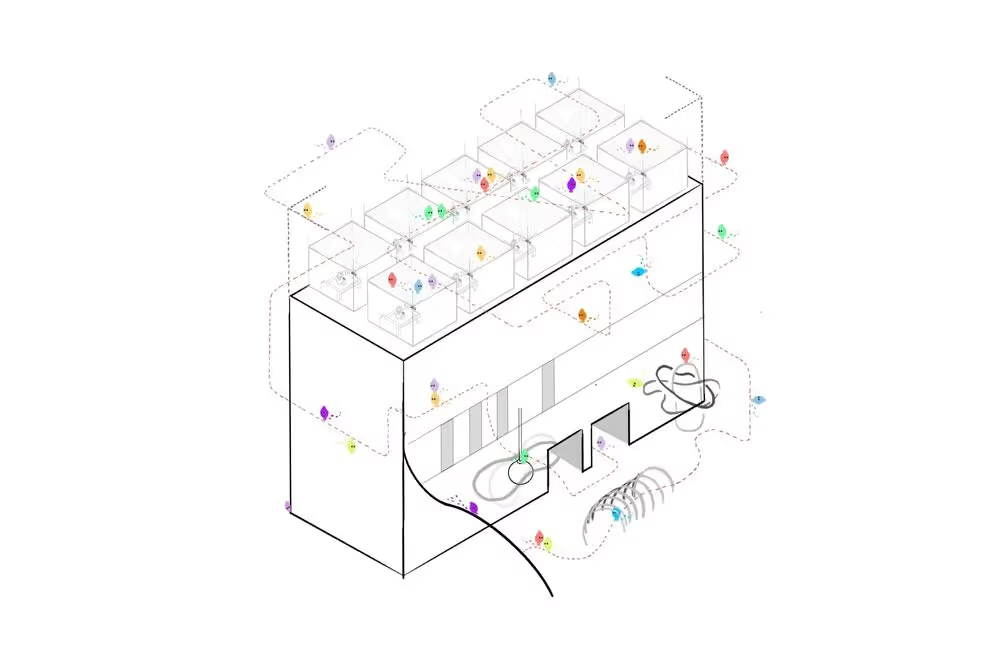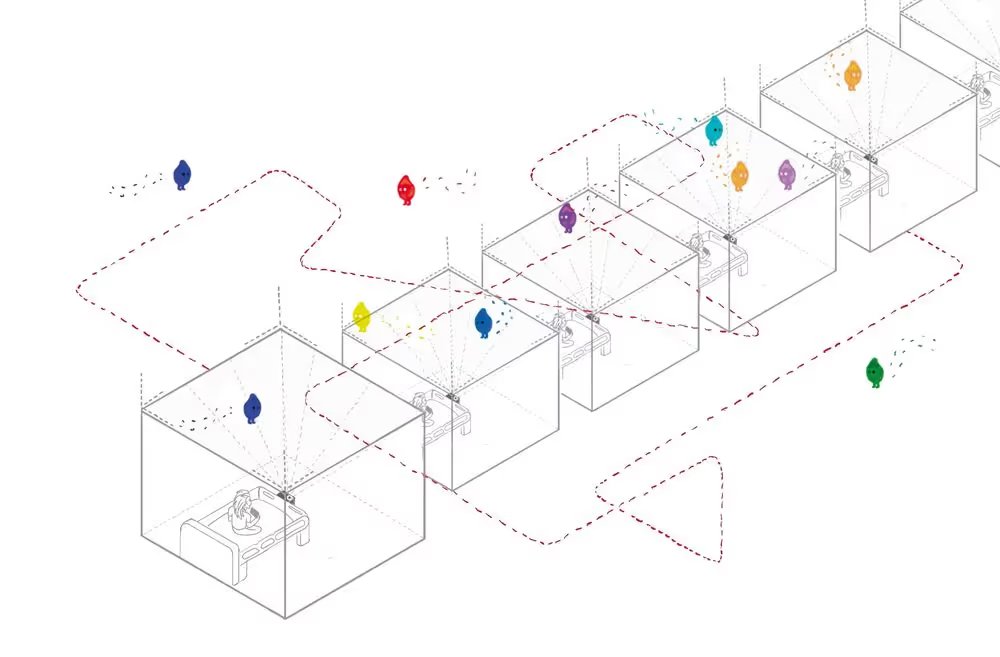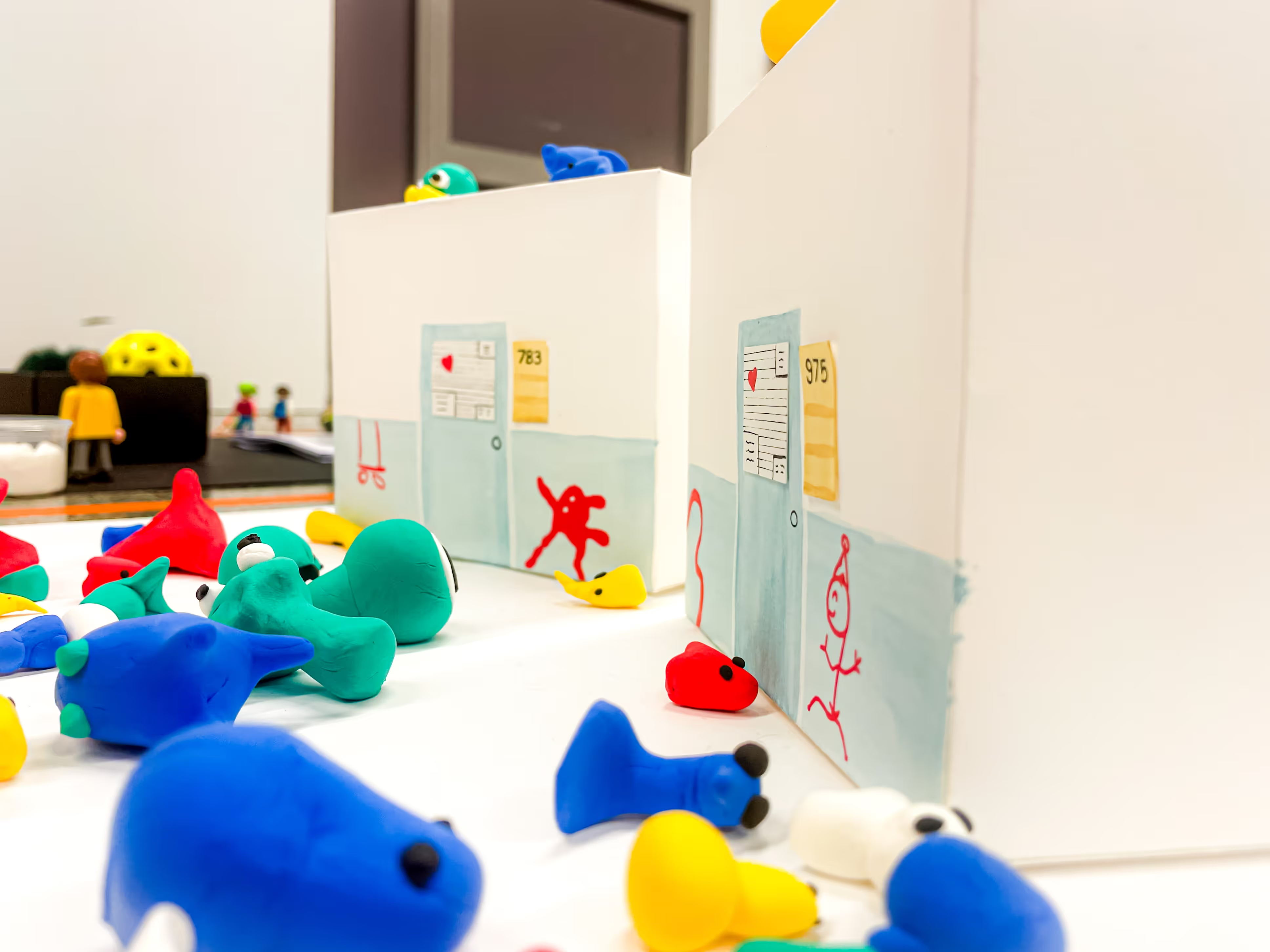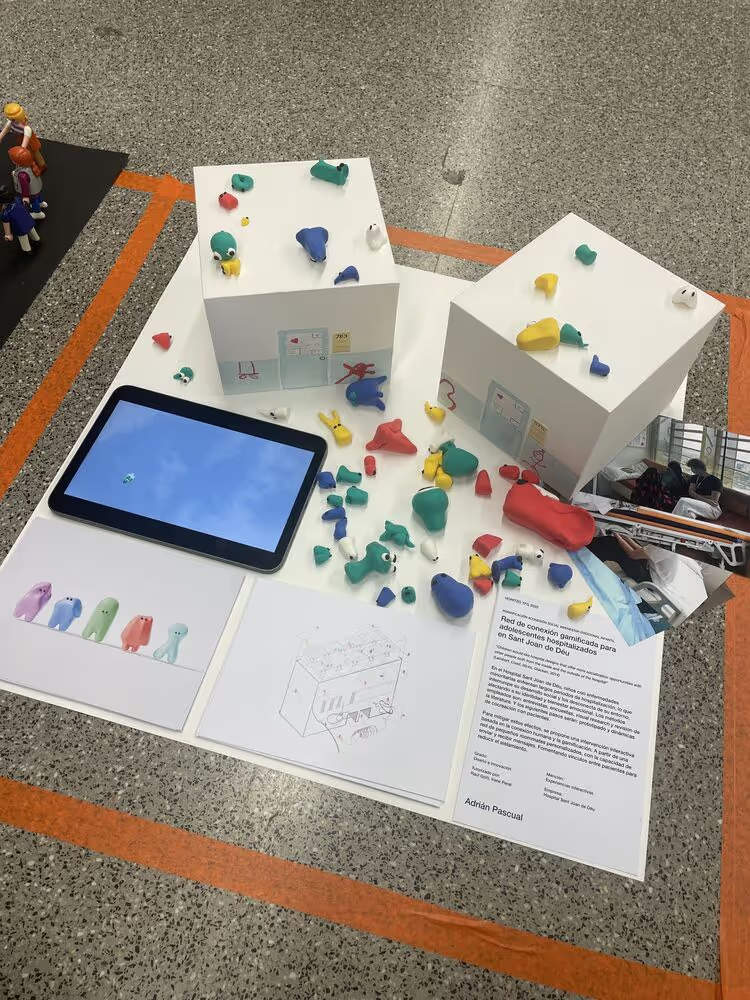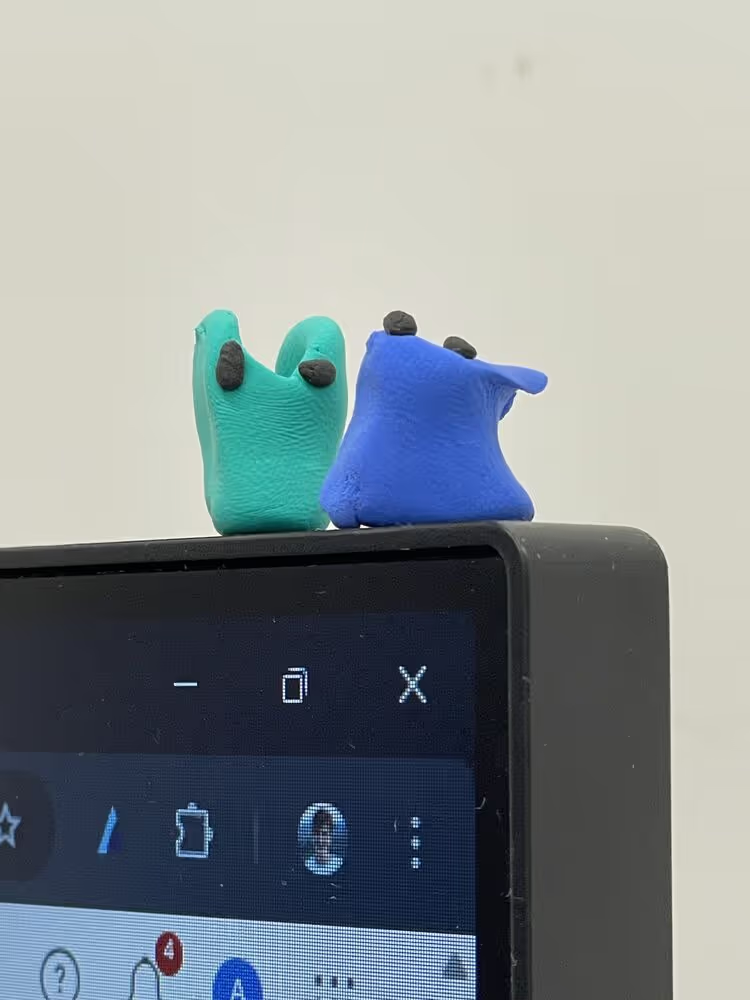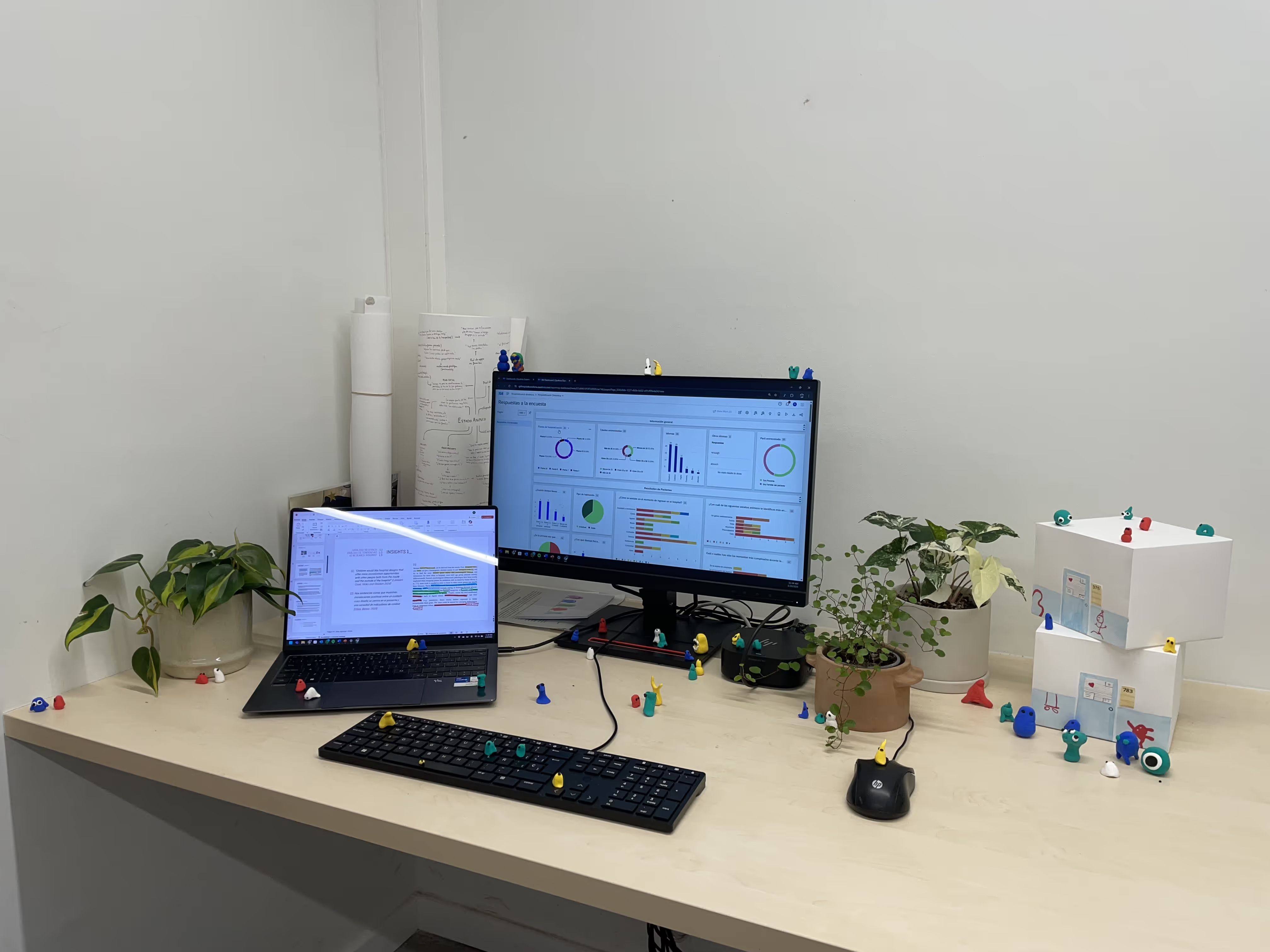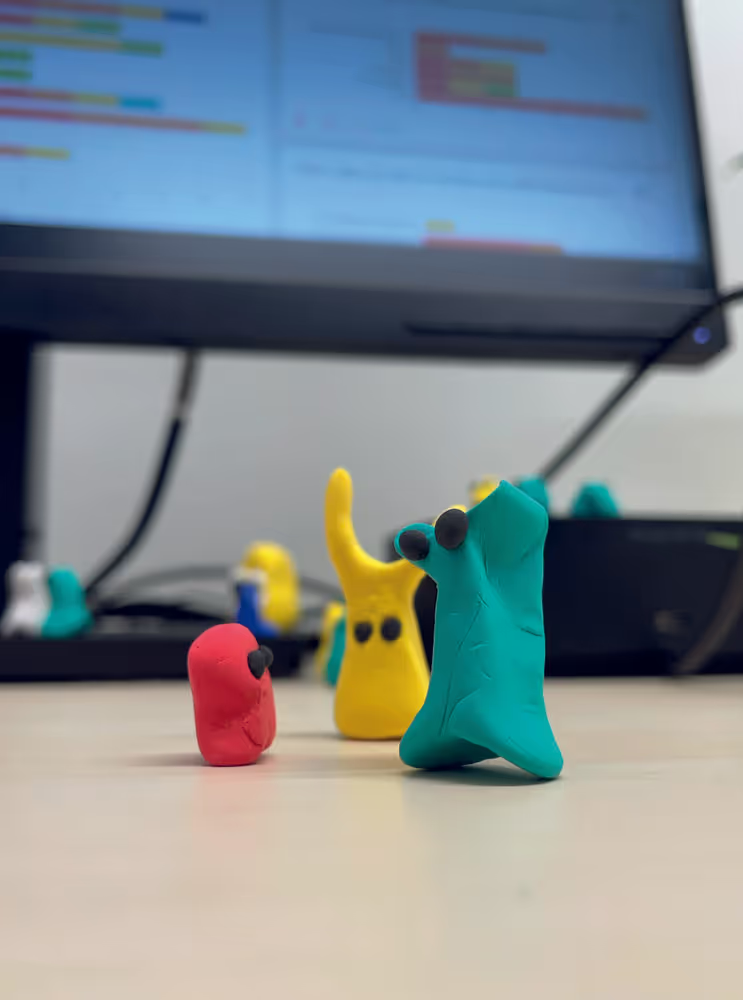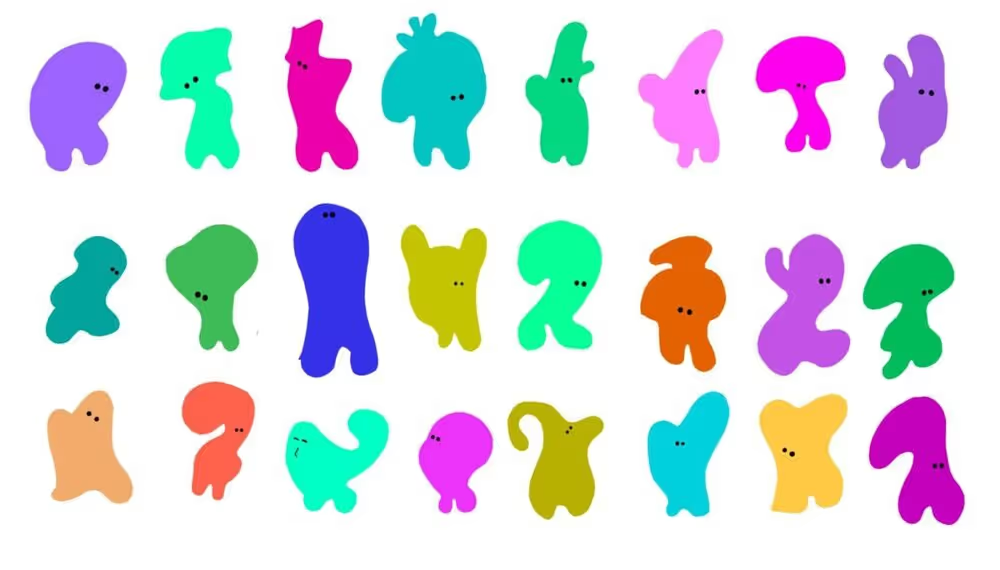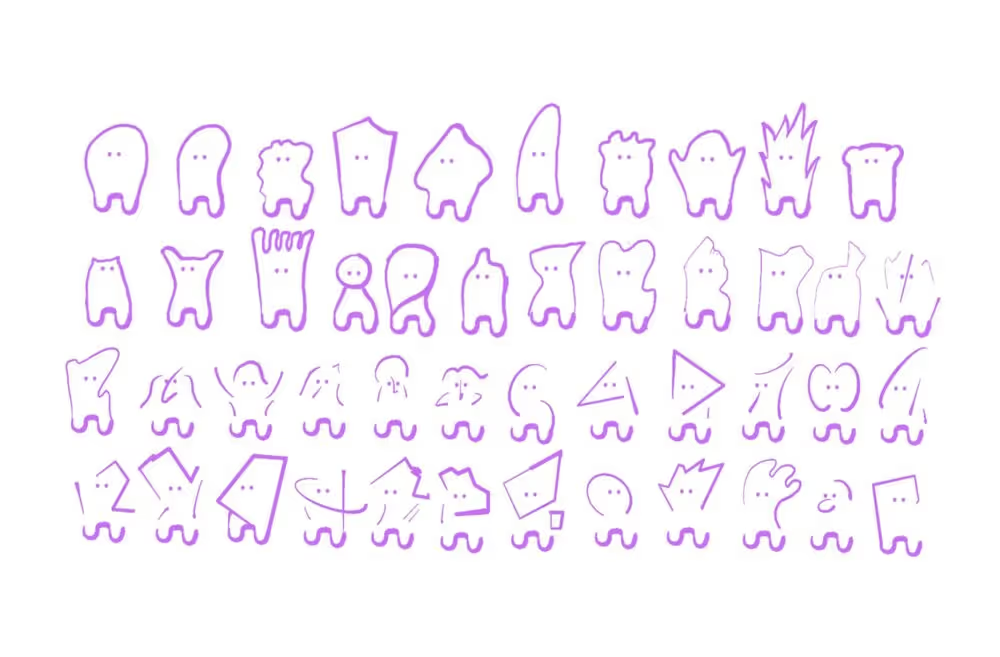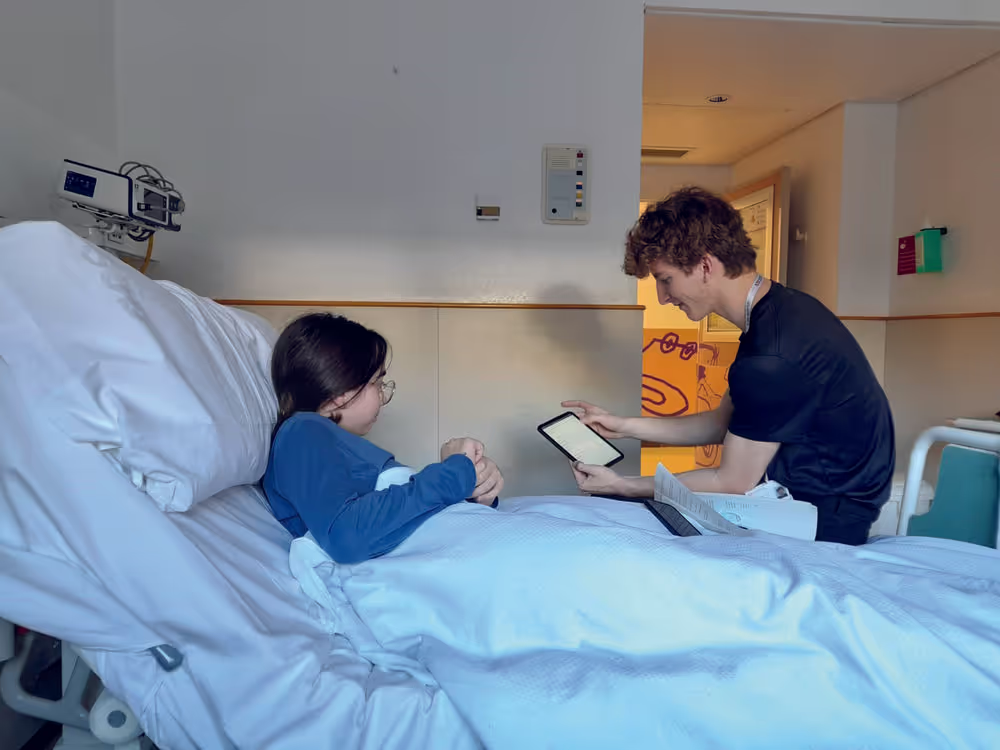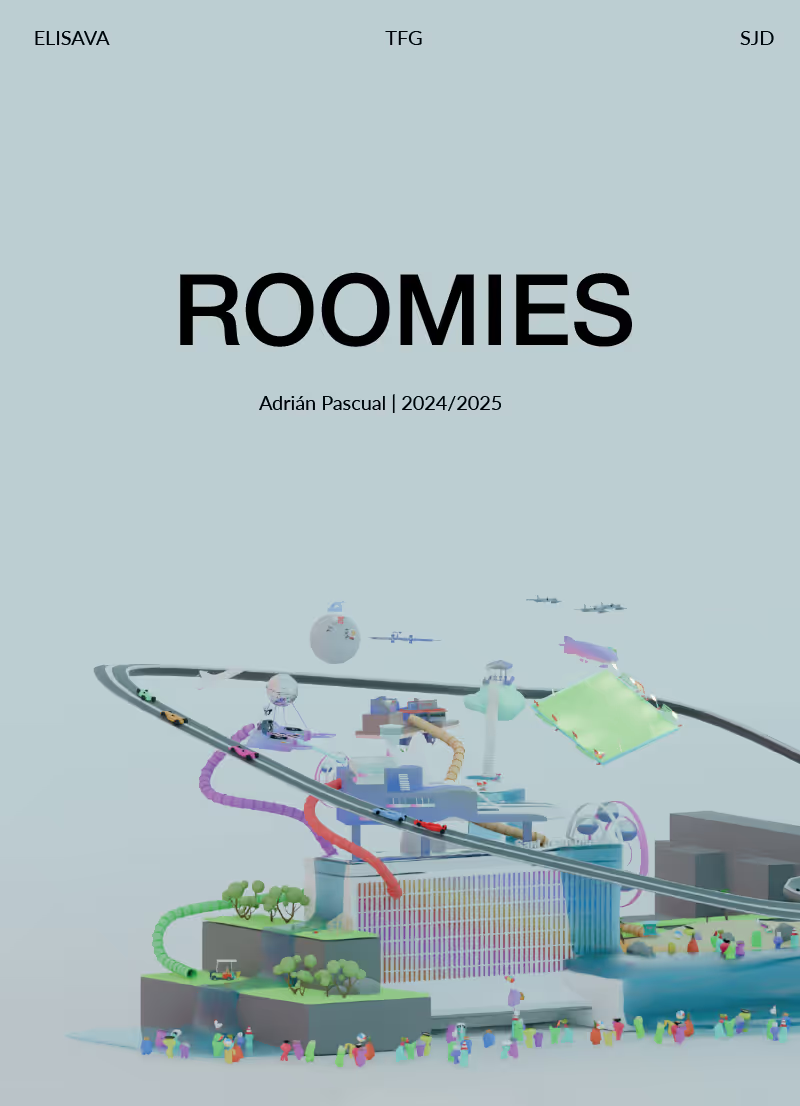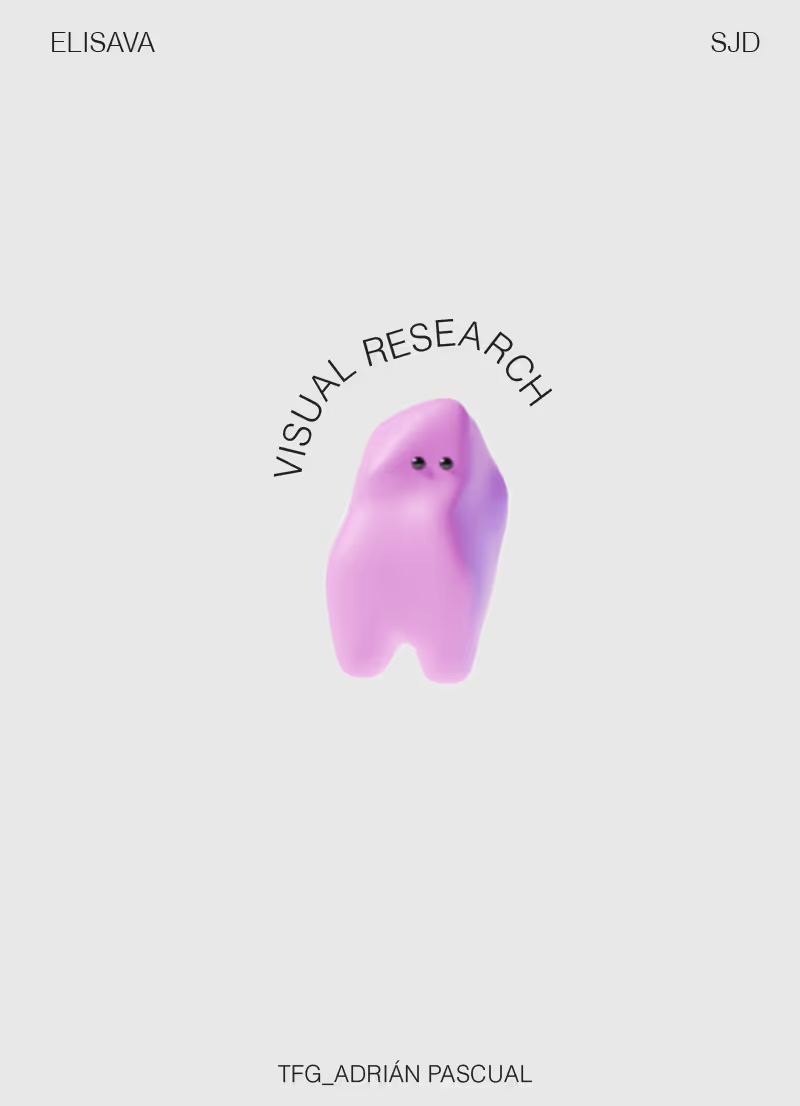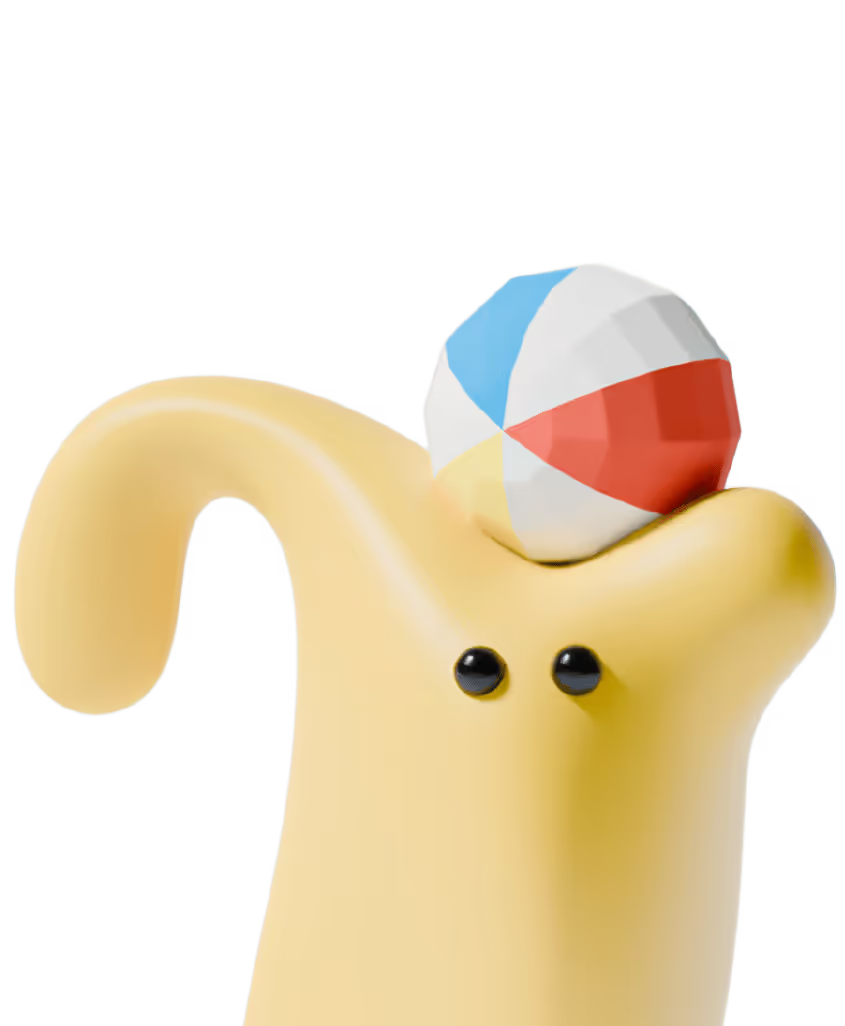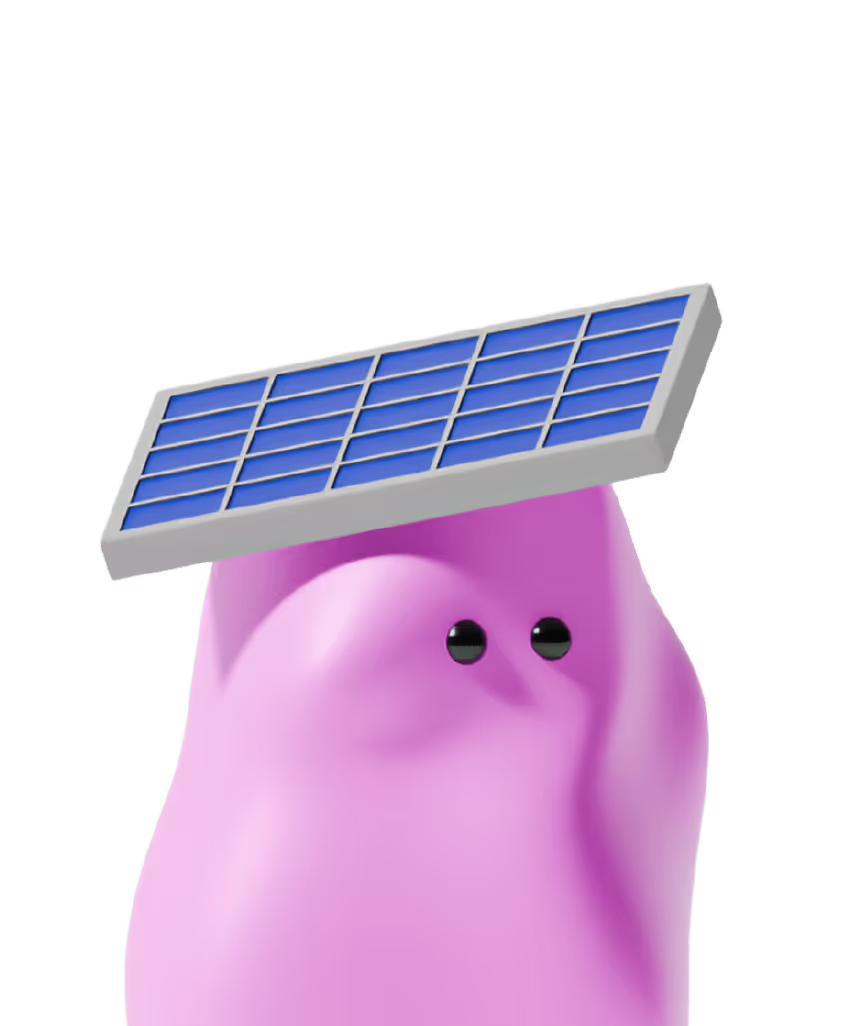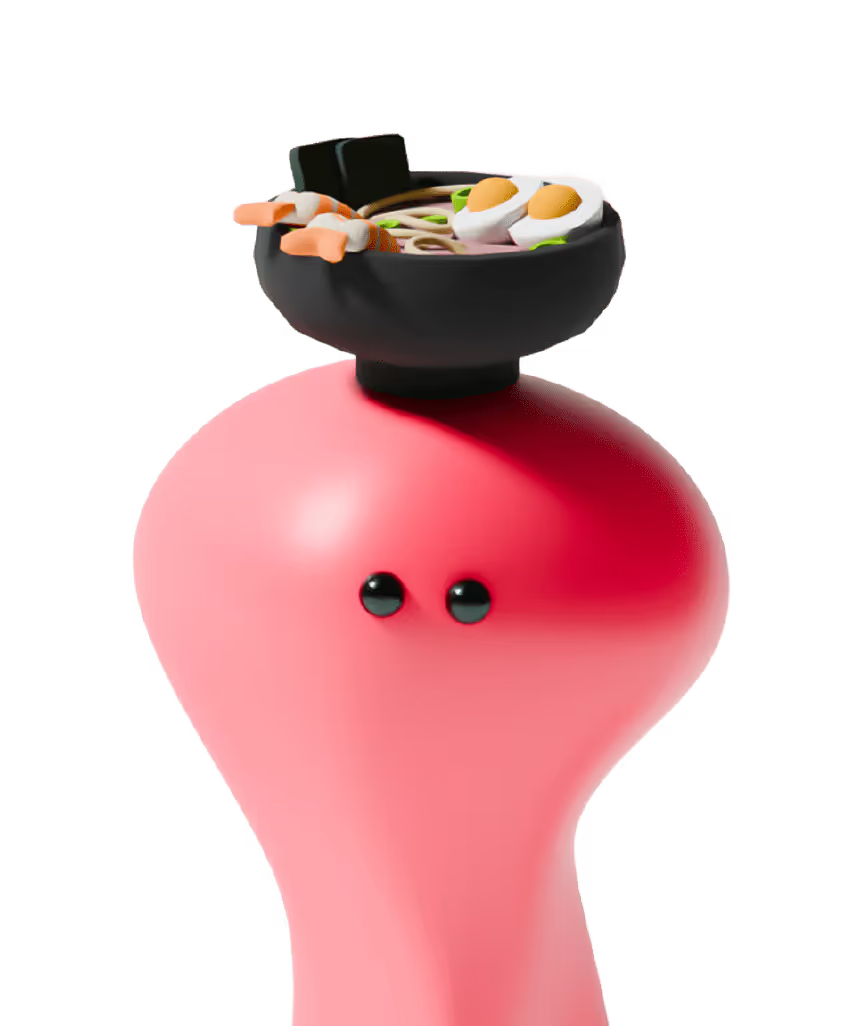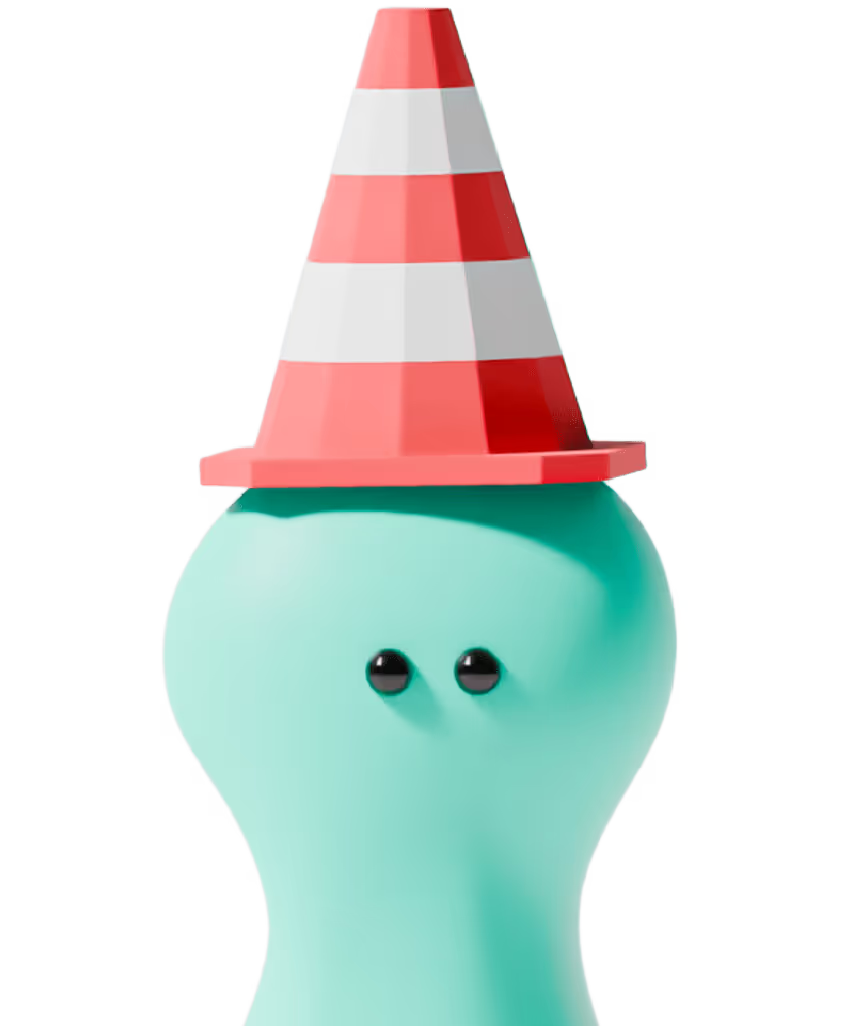[2025]
ELISAVA
HSJD
HSJD
BT (Bachelor's Thesis)
[2025]
ELISAVA HSJD
BT (Bachelor's Thesis)
ROOMIES – Gamified Connection Network for Hospitalized Teens at Sant Joan de Déu
This project introduces an interactive experience at SJD Hospital for teenagers with rare diseases. We are aware that hospitalization interrupts social development and disconnects, affecting identity and emotional well-being.
The idea, based on social connection, shapes an online videogame led by a network of digital characters: The Roomies. Then, patients can connect and communicate with each other through a mixed reality that amplifies their room and extends to a digitalized version of the hospital. Designing a gamified social network promotes social connections that support emotional and psychological well-being, helping in the healing process and enhancing a model of holistic growth.
Keyword
Methods
Interviews, surveys, insights analysis, visual research, literature review, ideation of interactive game-related dynamics, conceptual prototyping of the experience, framed by the methodological approach of Human-Centered Design and Theory of Change
Tutors
Raul Goñi, Saúl Baeza, Irene Peral
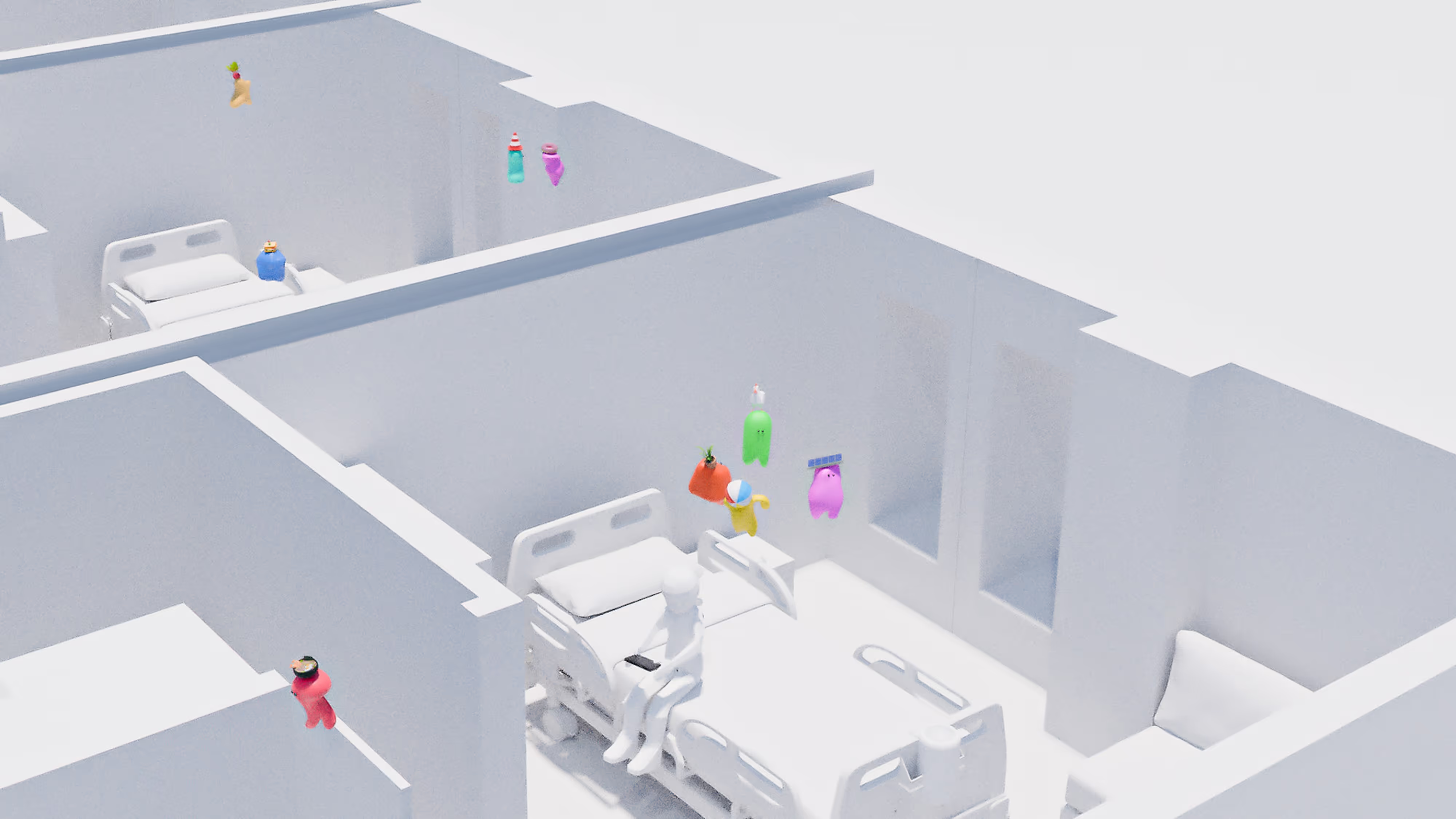
[Theory frame scheme]
The Game of the Three Realities
Roomies coexist within a system composed of three interrelated dimensions: the physical, the mixed, and the virtual oneiric. This system turns hospitalization into a layered journey, where the tangible and the digital intertwine to create new forms of connection and companionship.
1. Physical Reality
Tangibility, bond & gateway.
The Roomie exists physically in the patient’s room. This presence allows for an affective relationship. Touching, moving, or even hugging it. At the same time, it becomes the key to the rest of the system.
2. Mixed Reality Outlines
Resignification of space & coexistence.
When the Roomie is placed inside the projector, the hospital environment is transformed. The ceiling of the room is mapped, and the Roomie travels to this new layer, overlaid on reality. In this way, the Roomies move beyond the walls, and each patient, from their own room, can send their Roomie to other rooms to connect with other patients.
3. Virtual Oneiric Reality
Dreamlike hospital & community.
Above the structural solidity of the hospital, fantasy emerges. Here, the Roomie enters an open world in community with other Roomies. Social groups, countless conversations, joint activities, and mini-games unfold across various designed scenarios, each reflecting different emotional statesand ways of socializing, making connection part of the healing journey.
[Interaction flow]
Physical Reality
1.
Marina, the patient, is admitted and settles into the room.
2.
She creates and customizes her Roomie digitally, choosing shape, color and accessory, reflecting her identity and personal tastes.
3.
After that, Marina creates it physically with modeling clay, bringing it to life.
4.
She can decide whether to place the Roomie in the projector base.
•
If placed, the Roomie travels to the ceiling and joins the network.
•
If not, it remains outside the network until she decides to interact.
Mixed Reality (two possible options)
5.1.
Roomie in stand-by → The Roomie is on the ceiling of the room, wandering, in stand-by companionship and interacting with Marina.
5.2.
Messenger Roomie → She records a message in voice, video or text, and her Roomie travels across the ceiling to another patient’s room.
Oneiric Virtual Reality
6.
Marina can switch reality to theoneiric hospital, where her Roomie moves through open scenarios and interactswith other Roomies in community.
[RESEARCH scheme]
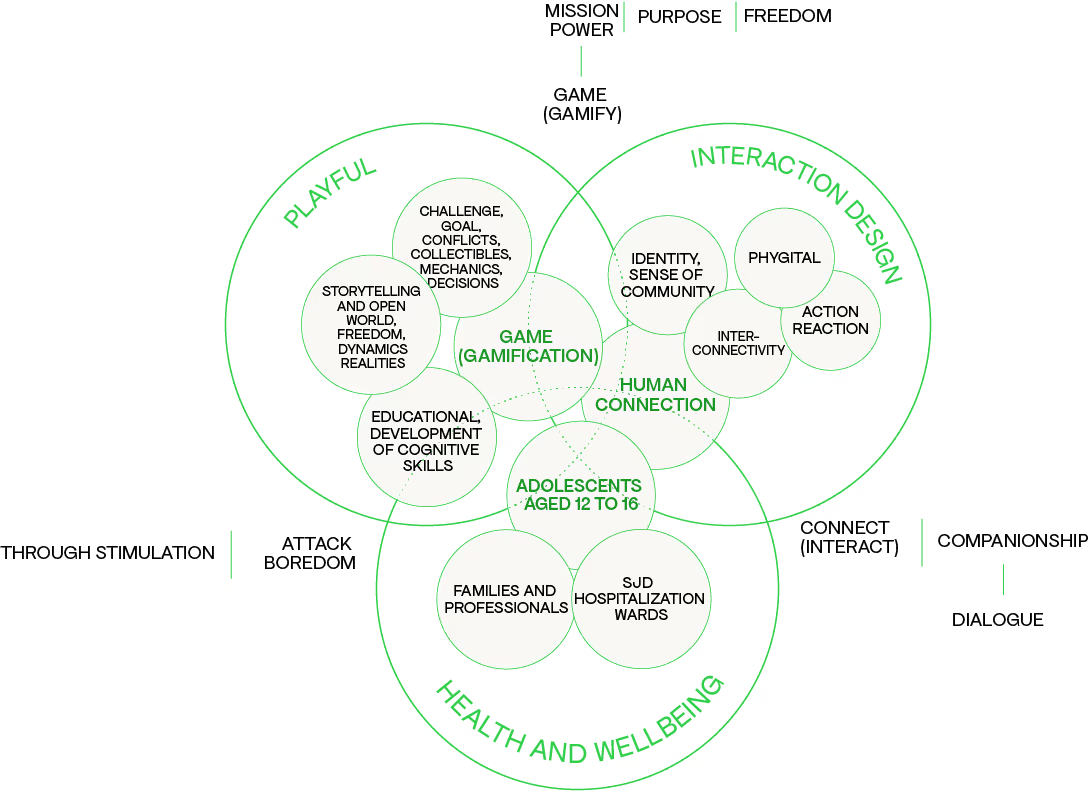
if you like what you see
Contact me
Thank you! Your submission has been received!
Oops! Something went wrong while submitting the form.


This action is promoted and subsidized by the Department of Business and Labour and co-funded by the European Union through the European Social Fund Plus.
Aquesta actuació està impulsada i subvencionada pel Departament d'Empresa i Treball i cofinançada per la Unió Europea mitjançant el Fons Social Europeu Plus
Aquesta actuació està impulsada i subvencionada pel Departament d'Empresa i Treball i cofinançada per la Unió Europea mitjançant el Fons Social Europeu Plus
